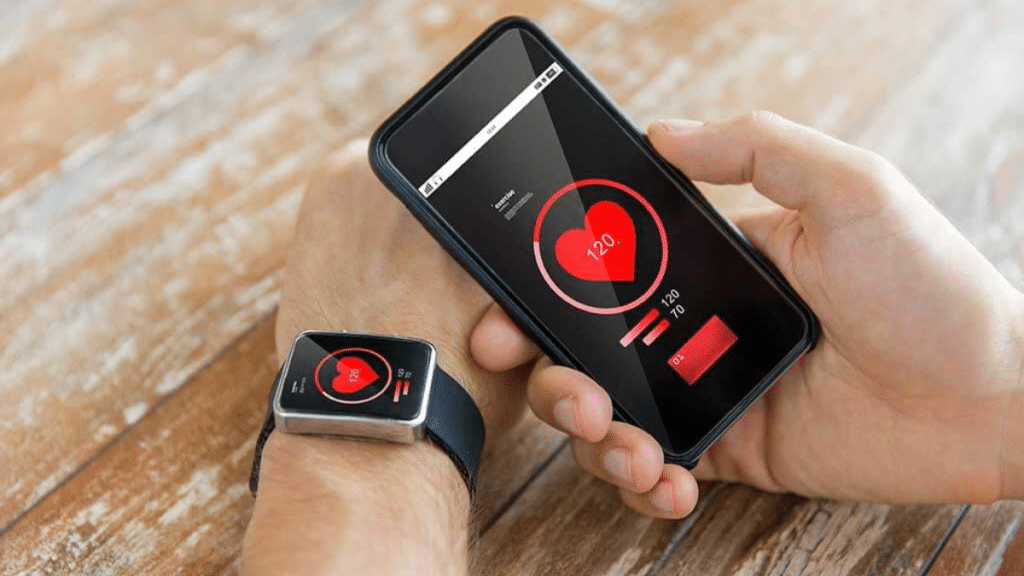The Crisis No One Sees Coming
Loneliness is not the true danger facing older Americans living alone—the invisible swing of their heart rate at 3 a.m. is. “Unrecognized changes in vital signs are a leading driver of avoidable emergency-room visits,” warns Dr. Sonia Patel in a 2024 review of continuous heart-rate tracking — Journal of Medical Internet Research. A health monitoring watch for seniors from BeWell Alert turns those midnight whispers into bright dashboard warnings that land on family phones before a crisis can bloom.
Dollars, and a Different Kind of Sense
Hospital accountants—rarely accused of sentimentality—have become unlikely evangelists for remote monitoring. When the University of Pittsburgh Medical Center strapped cardiac patients with wrist sensors that streamed data to nurses, readmissions plunged by 76 percent — UPMC Remote Care Initiative. Each ping from a BeWell Alert watch carries the same promise: shorter stays, smaller bills, and more mornings spent at the breakfast table instead of the ICU.
The High Cost of Anxiety
For families, the real economy is emotional. In a six-month NIH pilot, adult children caring for parents with dementia reported their stress fell by nearly one-third after trading guess-work calls for quiet streams of real-time vitals — National Institutes of Health. BeWell Alert’s caregiver app speaks their new language of reassurance: green for routine, yellow for “just check,” red for “drop everything.” Color replaces panic.
Data That Stands Guard While You Sleep
Technology can do what even a devoted daughter cannot: keep watch through the night. Continuous SpO₂ readings catch subtle oxygen dips that often precede heart-failure flare-ups. At dawn, the numbers line up in neat columns—harmless until a yellow flag nudges the family to schedule a preventive visit rather than summon an ambulance next week. Remote patient-monitoring programs save $1,200 per senior per year on average — Dialog Health.
Power, the Sudden Villain
A 2025 Wearable UX Consortium study warned that devices demanding nightly charging are abandoned by 42 percent of users — Wearable UX Consortium. BeWell Alert solves “charging fatigue” with a 30-minute magnetic quick-dock and a courteous buzz to caregivers when the battery slips under 20 percent. A small engineering choice; a large moral weight: the watch that dies on the dresser cannot summon help from the bathroom floor.
Privacy, Plain Pricing, and Dignity
Ninety-one percent of U.S. seniors now own smartphones, yet “hidden fees” remain their leading tech frustration — Pew Research Center. BeWell Alert answers with one flat monthly price covering LTE, 24/7 EMT monitoring, and lifetime replacement. Data lives in a HIPAA-compliant cloud, and seniors can pause sharing with a single press—a reminder that it is their body, their life; caregivers are only guests.
A Quiet Revolution at the Wrist
Regular engagement with gentle digital prompts lowers cognitive-decline risk by 42 percent, according to a sweeping meta-analysis of 400,000 seniors — American Geriatrics Society. Every vibration—Time for water, Doris—delivers a neurological nudge, not a nag, keeping circuits bright without overwhelming the wearer.
The Takeaway
A health-monitoring watch for seniors is no longer a futuristic luxury; it is an evidence-backed tool that shrinks medical bills, eases caregiver burnout, and lets older adults live not just longer but louder. BeWell Alert combines clinical-grade sensors, multi-carrier LTE, and an EMT-staffed response team to transform raw biometrics into peace of mind. Trade sleepless nights of worry for data-lit mornings of control—delivered from a watch that never takes a day off.
